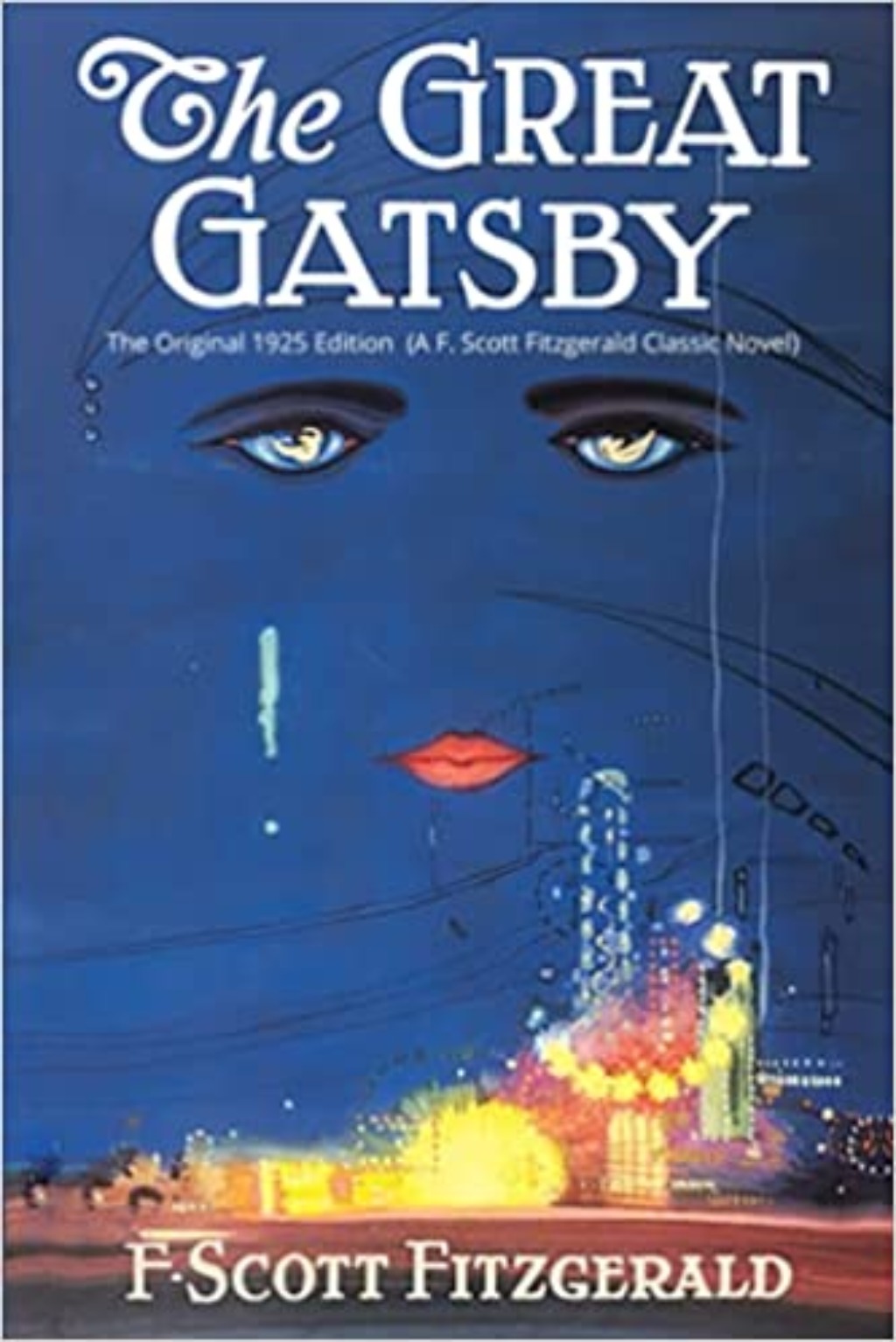There are a ton of posts out there on the Internet full of advice on how to become a better writer—this blog has heaps of them. But one of the best ways to improve your writing is by reading. A lot. Reading through the words of your favorite authors will help you see what they’re doing right and how to use their methods in your own writing.
But it can be tough to know if you’re really letting an author’s genius soak into your brain. You might enjoy the author’s writing but have no idea how to implement their tactics in your story. You may spend your reading time lamenting that you’ll never be as good as the author of the novel.
Here are some tips to help you learn how to read like a writer, and apply your favorite authors’ tricks to your writing.

1) Do a Fun Read First
Odds are, you’ve chosen to become a writer because you love reading. There’s nothing you’d rather do on a lazy afternoon than curl up with a nice cup of tea and a good book. So it’s important that you let yourself have a “fun” read before the studying truly begins.
This means that on your first reading of a book, you should read it without focusing on the pacing, language, or any of those writerly things. Instead, read the book for pure entertainment value and allow yourself to get lost in the story. Even if you’ve already read the book before, if it’s been longer than six months since you first read it, you should indulge yourself with a fun read.
You’ll have plenty of time to get into the nitty-gritty of the author’s tactics later on. For now, just enjoy a great story!

2) Take a Break
After doing your fun read, you probably won’t want to read the book again right away. And you shouldn’t! It will be difficult to study how the author was able to write such a good book while it’s still fresh in your mind.
You should wait at least six months before beginning your writerly readthrough of the book. We’ve discussed before how advantageous breaks can be when you’re writing a novel. The same goes for reading like a writer. Over time, you’ll start to forget the intricacies of the story but will still remember how great you thought it was. That is the perfect mindset to be in when you start your next reading.

3) Pay Attention
Remember how I said to ignore things like the language and pacing during your fun read? Now is the time to study that stuff closely. You already know what’s going to happen so you are free to start thinking less like a reader and more like a writer. Are there particular lines that stand out to you as being beautifully written? Did you notice a bit of really wonderful character development?
I’ve written a few storytelling deep dives that delve into some of my favorite books and dissect their strengths. As you read, try to pay attention to the aspects of the story I discuss in these posts.
In the next two sections, we’ll cover some ways of keeping track of those bits of lovely language and pacing.

4) Dogear Those Pages!
I know a lot of people underline lines they particularly enjoy in a book, and there’s nothing wrong with that if that’s what works for you. But I prefer to dogear pages instead. One reason is that I always have trouble underlining in a straight line and often end up accidentally crossing out the line I so enjoyed.
The other is that I get more out of dogearing than underlining because I have made it slightly harder for myself to find the line I loved. So on future readings, a dogeared page will have me looking out for a great line. If I don’t find it, then it’s clearly not as great as I originally thought. But if I do find it, then I’ll know that the line (or lines) is a truly great one—at least to me.
I know some of you may be wary of blemishing your pristine books, but in my opinion, books were meant to be read over and over, and therefore beaten up and tattered. I do always dogear the bottom of the page rather than the top to keep the book looking nicer.

5) Map Out the Plot
As you read, you’ll likely begin to notice how good the pacing is. The best books fly by in a flurry of exciting scenes, leaving us bereft when they’re over and wishing they’d been longer (I’m currently going through that after finishing Tamsin by Peter S. Beagle). It’s not as simple as dogearing a page or underlining when you want to remember what works about a book’s pacing.
One method that has worked well for me is taking out a pen and paper and mapping out the plot. You can create a flowchart that follows the major events in a book’s plot. This will make it easier for you to study how the author goes from point A to point B, and so on.
I would recommend making plot maps for all of your favorite books. Patterns will begin to emerge about the best ways of telling a great story at a terrific pace.

6) Try Typing the Words Yourself
Hunter S. Thompson was one of the most unique and exciting writers to come to prominence in the past century, with the many articles he wrote for Rolling Stone and his book Fear and Loathing in Las Vegas. In an interview, Johnny Depp shared that Thompson had typed out the entirety of The Great Gatsby, just so he could feel what it was like to write a masterpiece.
Now, you don’t have to pull a Hunter S. Thompson and type out all your favorite books word for word. But it can be a great exercise to type out just a few pages—particularly ones including the loveliest lines—just so you can get an even better sense of how each author writes. I’ve done it with The Night Circus by Erin Morgenstern as well as a few of Neil Gaiman’s books, and it’s proven incredibly helpful.
We’ll discuss more about authors in the next section.

7) Find More Books by That Author
Now that you’ve finished your writerly read of a book, you may be at a loss for what to read next. Since this author obviously inspired you, it would be a good idea to see if they’ve written any other books.
It’s clear from my storytelling deep dive on The Last Unicorn that I am inspired by Peter S. Beagle, and I was delighted to find he’s written a ton of other novels. I’m looking forward to rereading Tamsin in the future and giving it the writerly treatment.
Reading for pleasure is wonderful—it’s how most of us decided we wanted to write in the first place. Writerly reading requires more work but can also be a lot of fun too. Hopefully, these tips will help you to observe all the things you like best about your favorite authors and integrate them into your own writing.
Follow us on Facebook | Instagram | Twitter | Discord